How to Streamline Operations with AI and Automation: A Step-by-Step Guide
Introduction to AI and Automation
In today's fast-paced business environment, leveraging AI and automation can significantly enhance operational efficiency. These technologies offer businesses the ability to streamline processes, reduce errors, and save time. But where do you start? This guide will walk you through a step-by-step approach to integrating AI and automation into your operations.

Understanding Your Current Operations
Before implementing any new technology, it's crucial to have a clear understanding of your current operations. Analyze existing workflows to identify bottlenecks and areas ripe for improvement. This will help you pinpoint where AI and automation can have the most impact.
Create a detailed map of your processes. Document every step, decision point, and the people involved. This visual representation will serve as a reference when considering which tasks could be automated or enhanced with AI.
Identifying Opportunities for Automation
Once you've mapped out your processes, the next step is to identify tasks that are repetitive, time-consuming, or prone to human error. These tasks are prime candidates for automation. Examples might include data entry, customer inquiries, or inventory management.
- Data entry: Automate the input of data from various sources to eliminate manual errors.
- Customer service: Implement chatbots to handle frequent inquiries and provide quick responses.
- Inventory management: Use AI to predict stock needs based on sales trends.

Choosing the Right Tools and Technologies
With a clear understanding of where you want to implement AI and automation, it's time to choose the right tools. There are numerous platforms available that cater to different needs and industries. Consider scalability, ease of integration, and support when selecting your technology stack.
Research various AI platforms and automation software to find those that align with your business goals. Consult with vendors and read reviews to ensure you're selecting a reliable solution that will grow with your business.
Implementing AI and Automation
After selecting your tools, begin with a pilot program. Start small by automating a single process or department. This approach allows you to measure results, gather feedback, and make necessary adjustments before a full-scale rollout.
During implementation, maintain open communication with your team. Provide training sessions to ensure everyone understands the new systems and feels comfortable using them. Encourage feedback to identify potential improvements.

Monitoring and Optimization
Once AI and automation are in place, continuous monitoring is essential. Keep track of key performance indicators (KPIs) to assess the effectiveness of the implementations. Look for improvements in efficiency, accuracy, and employee satisfaction.
- Regularly review performance data to identify trends and anomalies.
- Adjust processes as needed to optimize outcomes.
- Solicit feedback from employees to refine the system further.
Scaling Up and Future Considerations
As you become more comfortable with AI and automation, consider scaling up your efforts. Expand these technologies into other departments or processes that could benefit from increased efficiency.
Stay informed about advancements in AI and automation. The tech landscape is continually evolving, offering new opportunities for innovation and improvement.

Conclusion
Integrating AI and automation into your operations is a strategic move that can transform your business. By following this step-by-step guide, you're setting the stage for increased productivity, reduced costs, and enhanced customer satisfaction. Embrace the future of work by starting your automation journey today.
